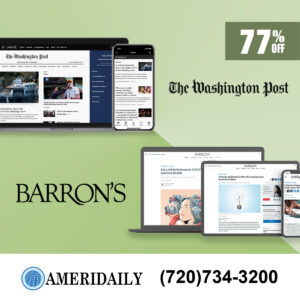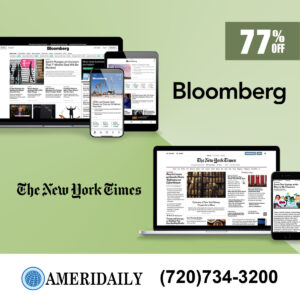The few Americans who continued to make student loan payments during a federal pause enacted at the beginning of the pandemic will now be eligible for a refund.
On Wednesday, President Biden announced a sweeping student loan forgiveness plan that will provide up to $10,000 in loan forgiveness for people with annual incomes below $125,000 or couples with incomes under $250,000. Those who received Pell Grants, a federal financial-aid award for students from low-income households, can be eligible for forgiveness of up to $20,000.
The Education Department clarified on Thursday that those who paid off all or part of their federal student loans since March 13, 2020, will still qualify for forgiveness. Borrowers can request a refund by calling their loan servicer directly.
The student loan pause halted mandatory payments, interest accrual and collections on federal student loan debt from March 13, 2020, onward. The pause was a pandemic-relief measure that has since been extended multiple times. As part of Wednesday’s announcement, the pause has been extended until the end of the year, with payments set to resume in January 2023.
Get The Wall Street Journal and Bloomberg Digital Subscription 5-years for $89
If you made a payment after Aug. 24, 2022, and that payment brings your balance below the $10,000 or $20,000 threshold for which you qualify, the money should be refunded to you automatically.
Kate Blosser, a 29-year-old higher-education marketing manager, immediately thought of her younger sisters when she first read the headlines on Wednesday. Both her sisters each will have $20,000 of federal student loans forgiven.
Ms. Blosser was one of the relative few who had continued making student loan payments during the pause. She made $1,500 in payments in the past seven months, bringing down her federal student loan balance to $3,500.
On Thursday morning, she called her loan servicer to inquire whether forgiveness would apply to the amount she had already paid.
“The whole thing was super smooth,” she said. “The girl on the phone was a total peach and was like ‘Yeah, I see you made these seven payments. I’ll put the paperwork in and in six to eight weeks you should see a direct deposit.’ The girl was like ‘I’m super happy for you.’”
Only 1.2% of borrowers continued paying down loans as of March 2022, according to Mark Kantrowitz, a student loan expert. His estimate is based on repayment data released by the Education Department.
Some 37 million borrowers skipped nearly $200 billion in payments during the pause, the Federal Reserve Bank of New York estimated.
Subscribe today and get 52 weeks of The WSJ Print Edition for $318
When that payment is refunded to the borrowers’ student loan balance, they can then receive the amount of forgiveness for which they qualify, depending on if they meet all other criteria.
As of the fourth quarter of 2021, some 32.3% of total borrowers had student loans with a balance of $10,000 or lower, according to estimates by the New York Fed.
Some people may have paid off their loan entirely during the pandemic, which puts them in a special case, Mr. Kantrowitz said: Technically, they eliminated their loan. What do they do now? Mr. Kantrowitz recommends getting on the phone.
“If they eliminated their loan during the pandemic, contact your loan servicer and see what happens,” he said. “If you paid it off before the start of the pandemic, they’re out of luck.”









